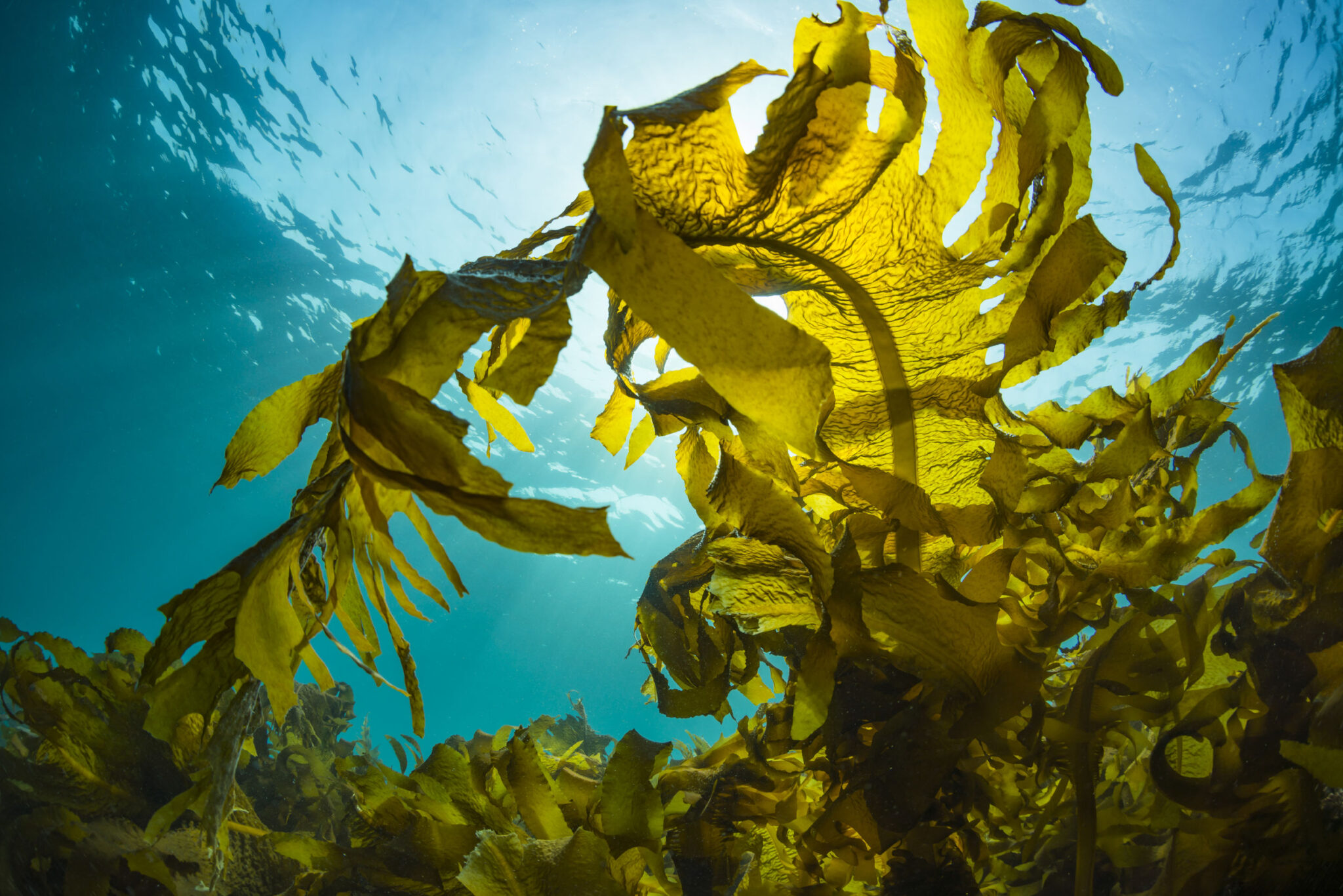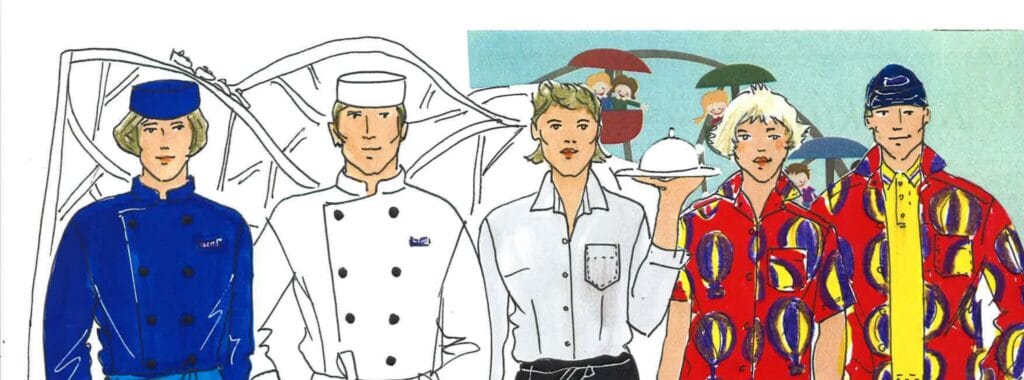
Recycled, bio-based or beyond for workwear textiles
Seaweed as raw material for textiles? Fabrics dyed by bacteria? New bio-based innovations offer great opportunities to reduce the emissions of textiles. At the same time, the use of recycled materials is increasing. Recycled fibre produced from end-of-life textiles is used as raw material for new textiles. This practice does not only reduce waste, but decreases the carbon footprint of new textiles by lowering the need to use virgin materials such as cotton.
According to Textile Exchange, global fibre production has almost doubled in the last 20 years. It is expected to increase another 34 percent in the next 10 years. To reduce the environmental impact of textiles, we need new innovations to replace the virgin fibres currently dominating the production. So what does the future of workwear look like? Let’s hear from professionals Taru Jokinen and Kristiina Tiilikainen from Lindström, and Sean Moore from Carrington Textiles.

Taru, what is happening with recycled fibres?
“Lindström’s target is that 30% of new textiles purchased include recycled or bio-based fibres by 2025. That is one of our focus areas to reduce emissions to reach our net zero goal. We are actively collaborating with our recycling partners and fabric suppliers to find new durable recycled fabrics for our workwear. We are really trying to close the loop, using recycled fibre as raw material for new workwear.
I’m delighted that we can already see the first outcomes of this journey. The winter collection of our new High Visibility garments already uses recycled fibre in insulation material. Next year we will probably see first users wearing garments made of 100% recycled fabric.”

Kristiina, what kind of bio-based textile material will we see in workwear?
“New bio-based textiles and materials are tested widely on the market. We have already seen the first clothes made of seaweed. There are many experiments of using other materials and particles like starch as raw materials for textiles. We are following innovations and research on new materials closely. At the moment, we have some interesting collaborations taking place with new bio-based materials.
I believe different kind of cellulose-based materials are the first ones to be used in work clothes where the material must endure heavy usage and several washes. Tencel is already a commonly known material, but we are already testing new innovations to find more durable alternatives.”
Sean, what about reducing the environmental impact of textile dyes?

“Natural dyes are also becoming more popular when we need to reduce our dependence on petrochemicals. Many projects are looking at using algae as a source of natural dye. Colorifix in the UK is using bacteria as a dyeing medium; they modify the DNA of the bacteria to produce colour. Earth Colours from Archroma utilises by-products from the food industry and some wasted streams from cosmetic production to create naturally based dyes. The palette, however, was limited to muted and pale shades.
Colour retention is one issue, as at this moment, natural dyes are less durable than synthetic dyes. If we could accept a narrower range of shades and the idea that the colours fade a bit earlier, we could reduce the environmental impact of textile dyes. And I’m also confident that there will be new solutions with better colour retention in the coming years.”
When listening to the professionals, it certainly seems like the future employee will be wearing garments produced from very different materials than the workwear users of today. And maybe in the future, we will see the land and water now used for cotton cultivation being utilised for something else, like food crops.





